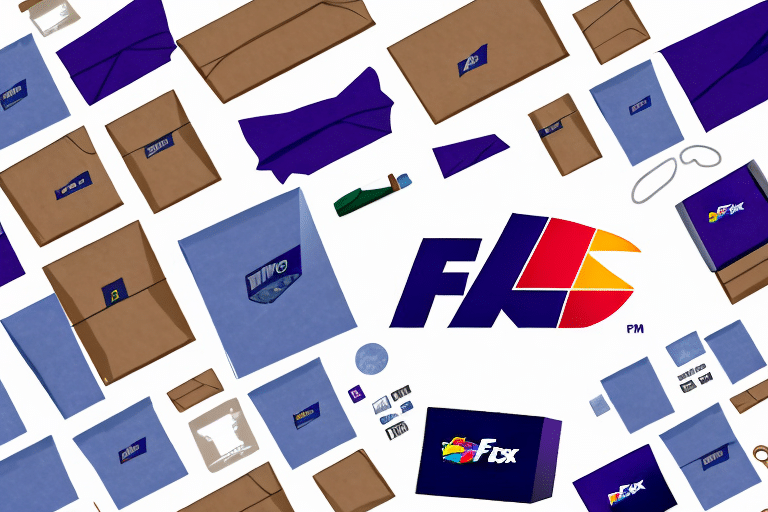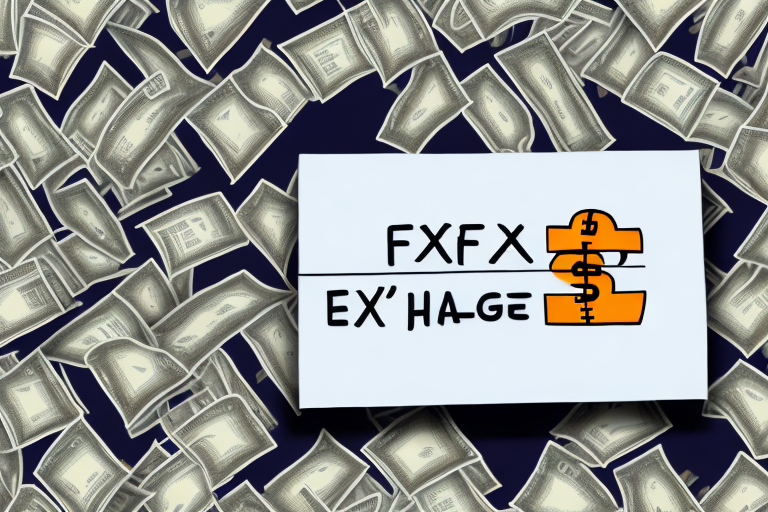Understanding FedEx's High-Value Goods Fee
If you're a business owner shipping high-value products, you may have encountered the FedEx High-Value Goods Fee. This charge applies to shipments deemed particularly valuable and can significantly impact your shipping costs. In this section, we'll explore what qualifies as a high-value shipment, how the fee is calculated, and the rationale behind it.
What Qualifies as a High-Value Shipment?
FedEx categorizes a shipment as high-value if the declared value exceeds $100 per pound. For instance, shipping an item valued at $10,000 weighing 50 pounds would incur this fee. Understanding this threshold is crucial for businesses to manage their shipping expenses effectively.
Fee Calculation
The High-Value Goods fee is a percentage of the declared value, typically ranging from 0.35% to 0.9%, depending on the destination. For example, a package valued at $20,000 with a fee rate of 0.5% would incur an additional $100. This fee is in addition to other charges like fuel surcharges or residential delivery fees.
Why Does FedEx Charge This Fee?
FedEx imposes this fee to cover the additional insurance and handling required for high-value items. These shipments often require enhanced security measures to protect against theft and ensure safe delivery. The fee helps offset the costs associated with these extra precautions.
The Impact of the High-Value Goods Fee on Your Shipping Costs
The High-Value Goods fee can quickly add up, especially when shipping large or expensive items. This increase in shipping costs can affect your profit margins and competitive edge. However, there are strategies to mitigate these fees.
Negotiating with FedEx
Many businesses have successfully negotiated lower rates by leveraging their shipping volume or establishing strong relationships with FedEx account managers. According to a Business Insider report, companies that engage in proactive negotiations can reduce their shipping costs by up to 15%.
Using Third-Party Logistics Providers
Third-party logistics (3PL) providers often have more negotiating power and can secure better rates for high-volume shippers. They can also offer tailored solutions that minimize the impact of additional fees.
Strategies to Avoid the High-Value Goods Fee
Reducing or eliminating the High-Value Goods fee can lead to substantial savings. Here are some effective strategies:
1. Break Up Shipments
Divide your shipment into multiple packages, each with a declared value below $100 per pound. This approach can help you avoid the high-value fee altogether.
2. Choose Alternative Shipping Carriers
Some carriers may not impose a High-Value Goods fee or might offer more competitive rates. It's essential to compare different providers to find the best fit for your needs.
3. Opt for Lower Declared Values
By declaring a lower value, you can reduce the fee. However, this approach means your shipment won't be fully insured against its actual value, so weigh the risks carefully.
Comparing FedEx's High-Value Goods Fee with Other Shipping Providers
Understanding how FedEx's fees compare to other carriers can inform your shipping strategy. While FedEx is a leading provider, other companies like UPS and DHL also charge fees for high-value shipments, though their rates and policies may differ.
UPS High-Value Shipment Fees
UPS charges a similar fee structure but with slight variations in percentage rates and value thresholds. For detailed information, refer to the UPS High-Value Shipment page.
DHL's Approach to High-Value Shipments
DHL offers specialized services for high-value items, often bundled with enhanced tracking and security features. Visit the DHL High-Value and Sensitive Shipments page for more details.
Tips for Shipping High-Value Items with FedEx
Minimizing the impact of the High-Value Goods fee involves careful planning and execution. Here are some expert tips to help you manage your high-value shipments effectively:
1. Secure Packaging
Proper packaging reduces the risk of damage and theft. Use robust materials and consider tamper-evident seals to enhance security.
2. Utilize FedEx Services
Services like FedEx Hold at Location allow you to keep your package at a FedEx facility, reducing the risk associated with doorstep deliveries.
3. Implement Advanced Tracking
Use FedEx's advanced tracking options to monitor your shipments in real-time, ensuring timely delivery and quick responses to any issues.
Future Trends in High-Value Shipping
The landscape of high-value shipping is evolving with technological advancements and changing market demands. Here are some emerging trends:
Integration of Blockchain Technology
Blockchain can enhance transparency and security in the shipping process. According to a Forbes article, blockchain integration is expected to streamline high-value shipments by providing immutable tracking records.
Increased Use of RFID
Radio-Frequency Identification (RFID) technology aids in the precise tracking of packages, reducing losses and improving delivery accuracy.
Personalized Pricing Models
Future pricing may consider more variables, such as package size, weight, and destination, allowing for more customized and potentially lower shipping costs.
Expert Advice on Negotiating FedEx Shipping Rates
Negotiating better rates with FedEx can significantly reduce your shipping costs. Here’s how to approach it:
1. Data-Driven Negotiations
Present detailed data on your shipping volume, types of shipments, and delivery requirements. This information can help FedEx tailor a pricing plan that suits your needs.
2. Build Strong Relationships
Establishing a good rapport with your FedEx account manager can lead to more favorable terms and exclusive discounts.
3. Explore Volume Discounts
High-volume shippers often qualify for discounts. Discuss your shipping forecasts to leverage bulk pricing.
Customer Experiences: The Impact of High-Value Goods Fees
Understanding how other businesses handle the High-Value Goods fee can provide valuable insights. Many e-commerce businesses report challenges with these fees but have found success through strategic adjustments.
Positive Outcomes
Businesses that negotiate rates or switch to alternative shipping methods have reported savings of up to 20%, according to recent Logistics Management insights.
Common Challenges
Some businesses struggle with limited shipping options and higher overall costs, prompting them to seek innovative solutions or diversify their shipping partners.
International Shipping and High-Value Goods Fees
Shipping high-value items internationally introduces additional complexities, including customs fees and taxes, which can further increase costs.
Understanding International Customs
Each country has its own customs regulations and fees. It's essential to research these requirements to avoid unexpected expenses. The U.S. Customs and Border Protection website provides comprehensive guidelines.
Working with Customs Brokers
Customs brokers can facilitate the international shipping process by handling documentation and ensuring compliance with local regulations, potentially reducing delays and additional costs.
Conclusion: Evaluating the FedEx High-Value Goods Fee
The FedEx High-Value Goods fee offers enhanced security and insurance for your high-value shipments, ensuring their safe and secure delivery. However, the added costs can impact your bottom line. By understanding the fee structure, negotiating rates, and implementing strategic shipping practices, businesses can effectively manage and potentially reduce these expenses.
Ultimately, the decision to utilize FedEx's High-Value Goods service depends on your specific shipping requirements and budget constraints. For businesses that prioritize the secure delivery of valuable items, the benefits may outweigh the costs.






















